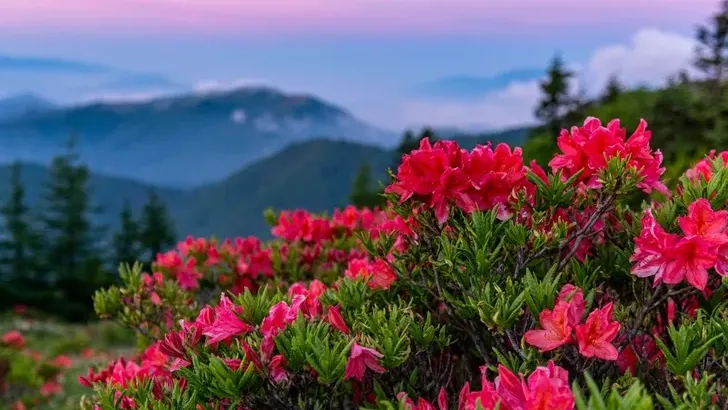Think your backyard is a safe haven? Think again. Right outside your door, beneath the innocent facade of common garden plants and familiar shrubs, lurk botanical killers that could harm your family or beloved pets. These green assassins don’t come with warning labels, and they certainly don’t look threatening. In fact, many of them are beautiful enough to grace the pages of gardening magazines.
Many poisonous plants are so common and seemingly innocuous you do not suspect their toxic qualities. What’s truly shocking is how many of these dangerous specimens are probably growing in your yard right now, masquerading as harmless landscaping. From the perfectly manicured yew hedge that could stop a heart to the cheerful daffodils hiding deadly secrets, your garden might be more dangerous than you ever imagined.
Death Cap Mushrooms: The Silent Killers Under Your Oak Trees
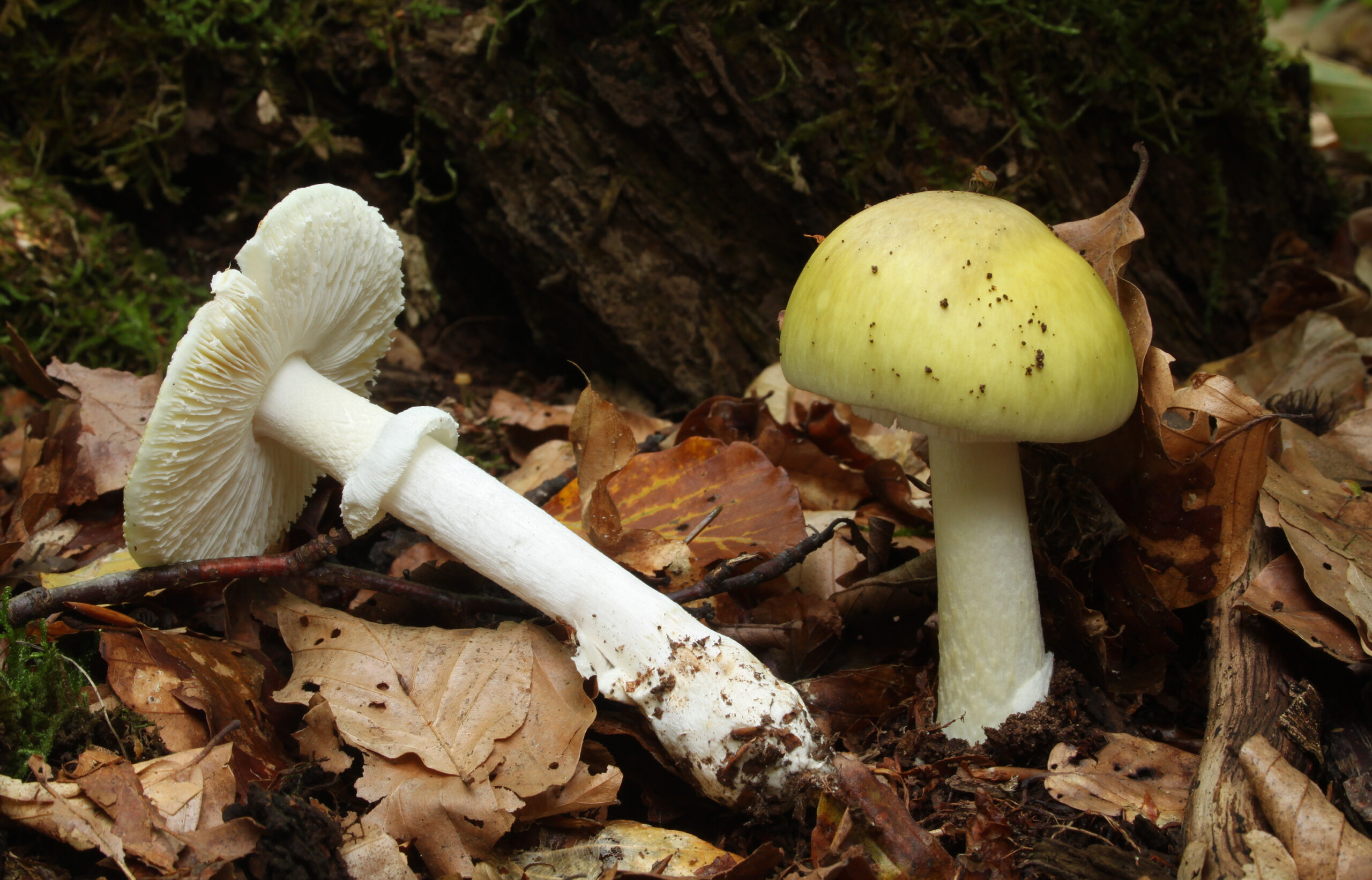
It is estimated that as little as half a mushroom contains enough toxin to kill an adult human. It is also the deadliest mushroom worldwide, responsible for 90% of mushroom-related fatalities every year. These innocent-looking fungi are spreading rapidly across North America, particularly in areas with oak, chestnut, and pine trees.
Death cap mushrooms have large concentrations of toxins that can be fatal even in small doses. The amatoxins in death caps are very stable and are not affected by heat or acids. This means cooking doesn’t make them safe – they remain just as deadly whether raw or cooked. Symptoms of death cap poisoning include nausea, abdominal pain, vomiting, and diarrhea and begin within 6 to 24 hours after ingestion, long enough that many people do not associate their illness with having eaten the mushrooms.
Yew Trees: The Churchyard Executioners

Even eating a handful of yew needles can have fatal consequences. Even more poison than in the needles is contained in the seeds of the yew tree and even just a few seeds can mean death. These evergreen beauties are found in countless yards across America, often trimmed into neat hedges or decorative topiaries.
The irony is heartbreaking – while the bright red berry flesh is technically edible, it is particularly dangerous if the seeds are chewed or bitten open before swallowing, as this releases a higher dose of the poison. This is a rapidly absorbed cardio-depressant that can kill within a few hours of ingestion in cases of acute poisoning, but may take as long as 24 to 48 hours if smaller amounts were consumed. What makes this even more terrifying is that oftentimes there are no symptoms until the heart suddenly stops.
Oleander: The Beautiful Highway Killer
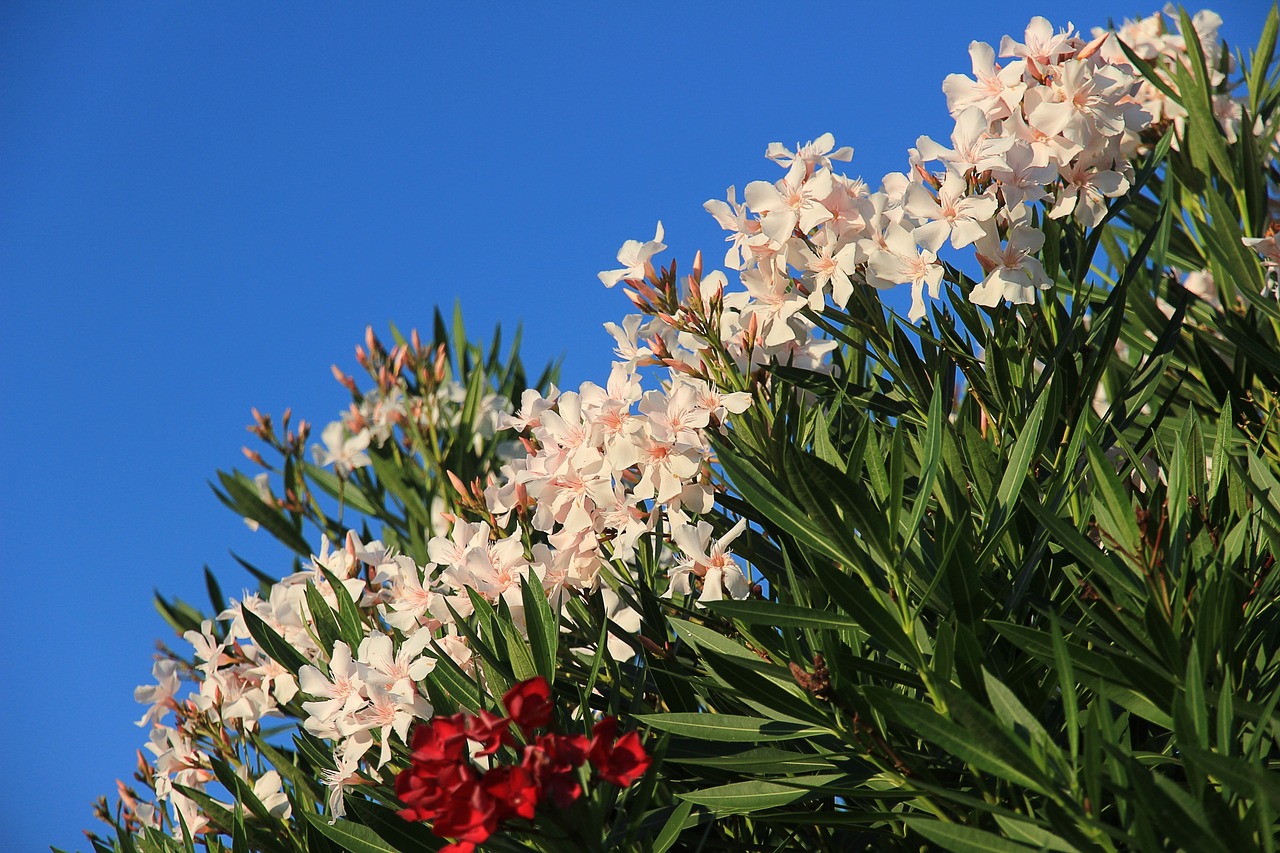
Who would expect that the beautiful oleander bush-grown indoors and outdoors all over the country-contains a deadly heart stimulant, similar to the drug digitalis? These stunning Mediterranean plants with their vibrant flowers are highway favorites and backyard staples across warmer climates.
Oleander is a potent heart toxin, and it can lead to serious illness and possibly death. Every single part of this plant is dangerous – the leaves, flowers, stems, and even the wood. Oleander leaves or branches may also cause a skin rash or irritation. Wash the affected area of skin with soap and water as soon as possible after contact. Even burning oleander wood creates toxic smoke that’s dangerous to inhale.
Foxglove: The Heart-Stopping Beauty

Foxgloves are beautiful, old-fashioned garden flowers, but their dangerous toxins can stop the heart. Foxgloves have been reported to kill livestock, pets, and humans. These tall spires of tubular flowers are cottage garden favorites, but they’re botanical time bombs hiding in plain sight.
What’s particularly chilling is that children have even been poisoned by drinking the vase water from flower arrangements containing foxgloves. The plant contains cardiac glycosides that can cause irregular heartbeat, nausea, and death. It is a striking addition to the garden, and often found in the wild, but the entire plant is toxic including roots and seeds.
Angel’s Trumpets: The Deadly Seducers
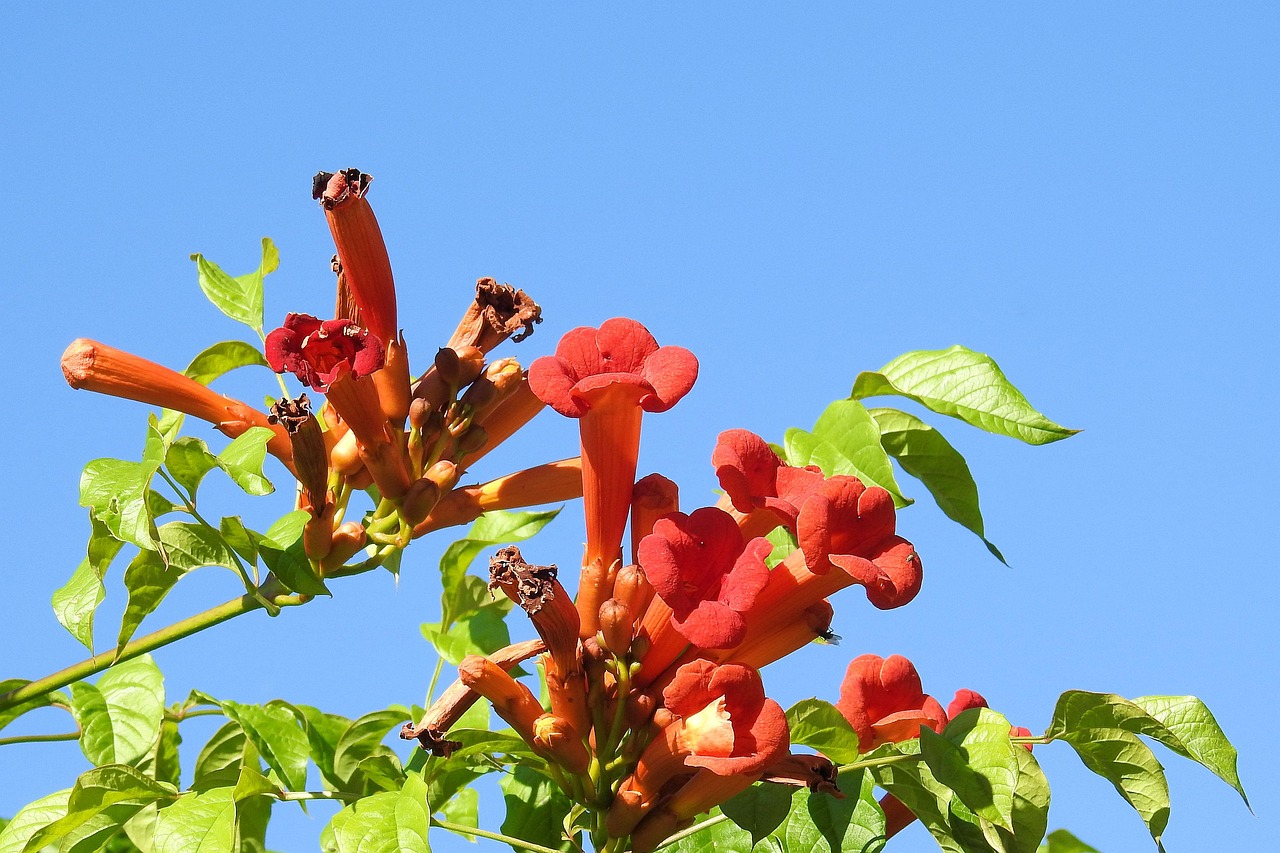
Their impressive, trumpet-shaped flowers have garden appeal, but they are fatally poisonous – with many human deaths attributed to them. The plants and seeds contain toxic alkaloids that can kill if ingested. These exotic beauties are increasingly popular in gardens for their dramatic evening fragrance and stunning blooms.
However, all parts of the plant – flowers, leaves, and seeds – are highly toxic, requiring careful handling and placement away from children and pets. Wear gloves at pruning time, to avoid their toxic sap, and never put pruned stems on the burn pile as their smoke is poisonous to inhale. Even the smoke from burning these plants can cause serious harm.
Castor Bean: The Ricin Factory
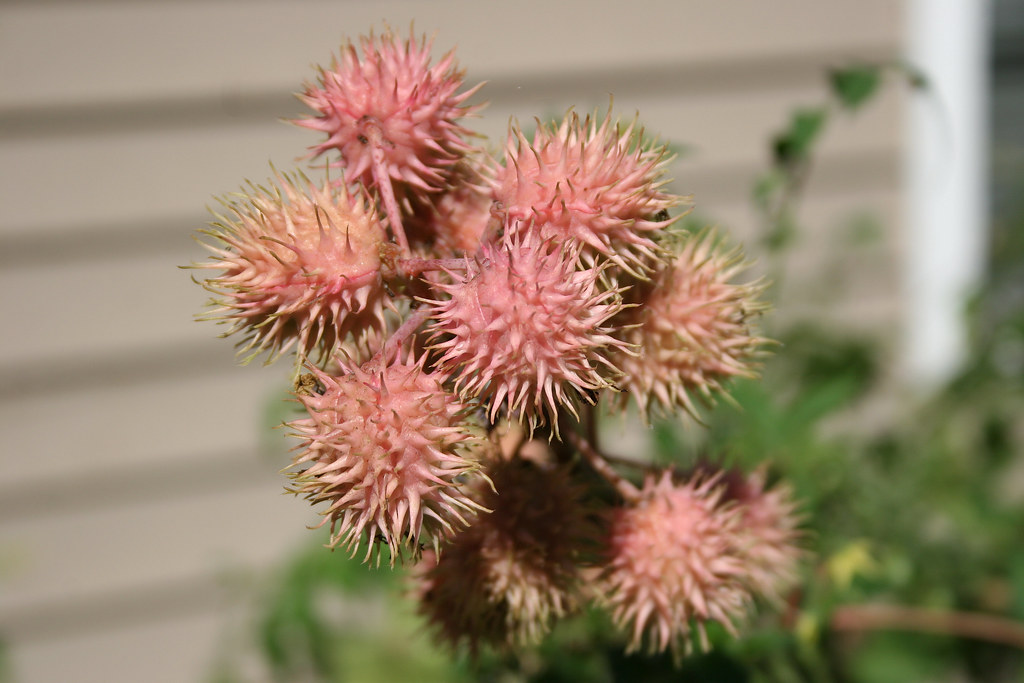
Castor oil plays a part in many home remedies, but the actual plant itself is more likely to kill you than cure you. The seeds contain one of the most poisonous naturally occuring substances known to man, according to Cornell University College of Agriculture and Life Sciences. These tall, tropical-looking plants are grown as ornamentals for their dramatic foliage.
The seeds contain ricin, a protein that’s so deadly it’s been used in assassination attempts. Just one seed can be lethal to a child, and even adults are at serious risk. The plant’s attractive red seed pods make it particularly dangerous because they look harmless and even decorative.
Poison Hemlock: The Socrates Special

All parts of the poison hemlock – leaves, flowers, seeds, stems, and roots – are highly toxic to humans and animals. Ingestion of hemlock can be very serious and even fatal. This invasive weed is spreading rapidly across North America and looks deceptively similar to harmless plants in the carrot family.
The entire plant from its green seed heads to leaves and fleshy stem harbors a toxic sap containing cicutoxin, which attacks the central nervous system. Unlike milkweed and mistletoe, whose ecological benefits often outweigh the dangers they pose in our gardens, poison hemlock offers no positives. If it’s growing in your yard, you should get rid of it – carefully.
Sago Palms: The Bonsai Killers
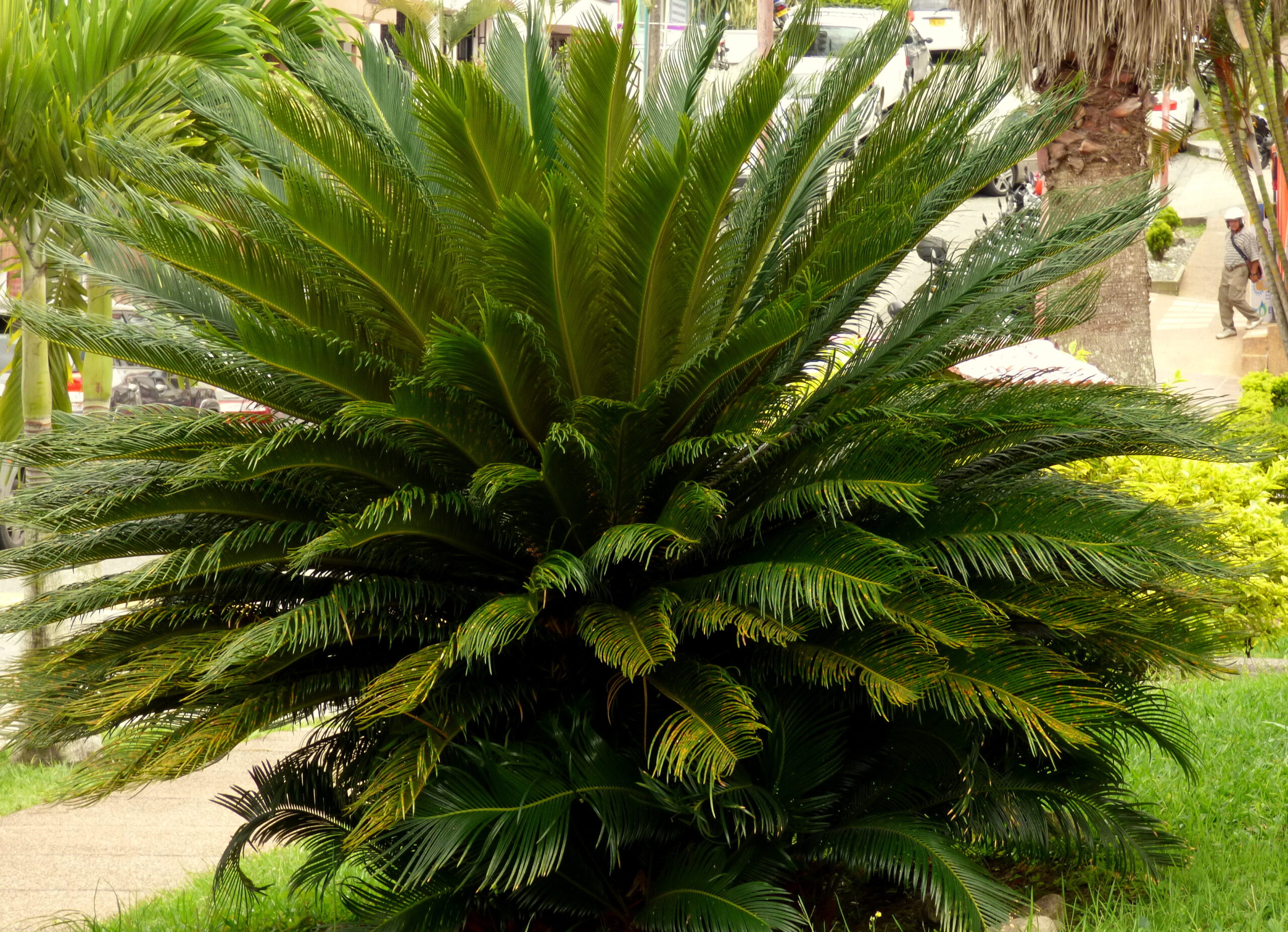
Sago palms are so poisonous the ASPCA discourages people from growing them because about 50% of pet ingestion cases are fatal. These prehistoric-looking plants are popular as houseplants and outdoor landscaping in warmer climates, often sold as bonsai specimens.
All parts of it are extremely poisonous, especially the seeds. Ingesting even a small amount can have serious consequences. What makes these plants particularly dangerous is their popularity as indoor plants and their appeal to children and pets. The bright orange seeds are especially toxic and attractive to curious hands and mouths.
Azaleas and Rhododendrons: The Stunning Suffocators
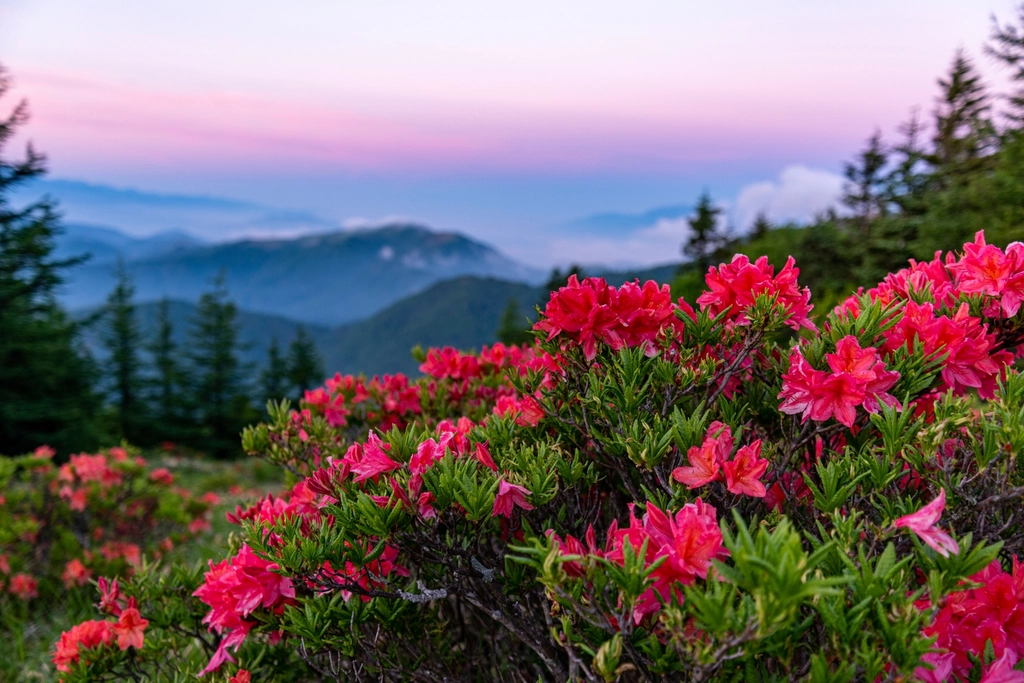
The entire plant of azalea and rhododendron are highly toxic. Ingestion can lead to abdominal pain, difficulty breathing, coma, or death. These spring showstoppers are landscaping staples across America, beloved for their explosive displays of colorful blooms.
Azaleas can cause nausea, vomiting, depression, breathing difficulties, and coma. Even honey made from azalea nectar can be toxic to humans. The plants contain grayanotoxins that affect the nervous system and can cause a condition historically known as “mad honey disease.”
Holly Berries: The Christmas Killers

Holly may be a festive favourite, but the berries are not edible – even two or three berries is sufficient to cause stomach upset in a child. These holiday favorites are year-round residents in many landscapes, with their glossy leaves and bright red berries creating festive cheer.
Eating more than three holly berries can cause severe and prolonged nausea, vomiting and diarrhea, as well as drowsiness. The principal toxic compound in Holly berries is Illicin and some saponic glycosides. Holly also contains a caffeine-like alkaloid called theobromine, which is found in chocolate.
Wisteria: The Climbing Assassin
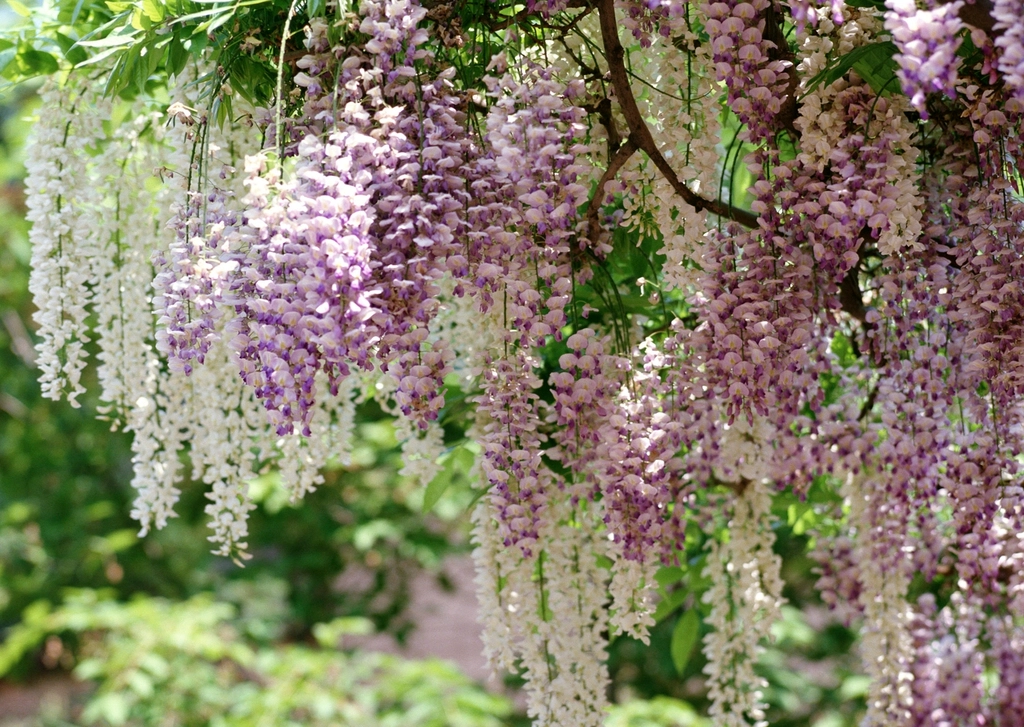
A few more lethal commonly grown ornamental plants include daffodils, foxgloves, lilies, oleander, and wisteria. All these plants contain different toxins that can result in painful, sometimes fatal reactions. This beloved climbing vine transforms gardens into purple paradises each spring, but its seed pods hide a dangerous secret.
Wisteria seeds and pods contain toxic compounds that can cause severe digestive distress. Children are particularly at risk because the seed pods look like pea pods and the seeds resemble beans. The beautiful hanging clusters of flowers eventually develop into these dangerous pods that can remain on the vine for months.
Daffodils: The Spring Betrayers

In the case of daffodils, the poison is obvious if you bring a bundle in for spring arrangements and mix them with other flowers. Overnight everything other than the daffodils will die! These cheerful harbingers of spring are among the most popular bulb flowers, planted by the millions in gardens across America.
If you’re having a problem with them digging up your plantings, switch to daffodils instead, which are toxic to squirrels. The entire plant contains lycorine and other alkaloids that cause nausea, vomiting, and diarrhea. The bulbs are particularly concentrated with toxins and have been mistaken for onions with tragic results.
Lily of the Valley: The Deceptive Darling
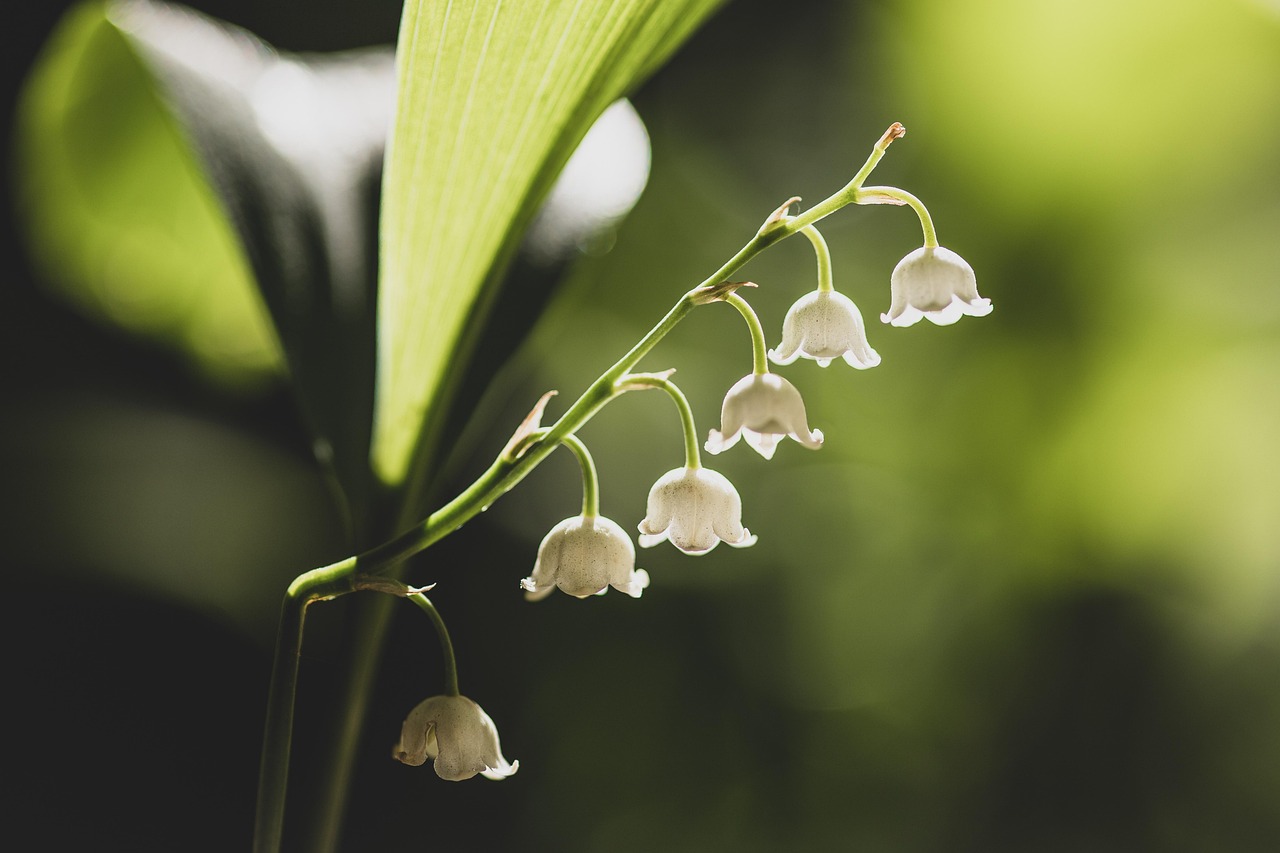
Lily-of-the-valley is another beauty that is totally poisonous. The red berries it produces in fall are especially attractive to toddlers since they are so close to the ground. These delicate spring flowers with their sweet fragrance and distinctive bell-shaped blooms seem utterly harmless.
While even common garden flowers like foxgloves (Digitalis purpurea), oleander (Nerium oleander) and lily of the valley (Convallaria majalis) should be handled with care, there are plants with a more despicable past and a higher body count. Every part of this plant contains cardiac glycosides that can cause irregular heartbeat and cardiac arrest.
Black Cherry Trees: The Familiar Foe

The pits, foliage, and branches of black cherry contain the deadly poison, cyanide. Foraging livestock is sometimes killed by eating the leaves of this common Native American tree. These native trees are found throughout North America and are often appreciated for their spring flowers and wildlife value.
The clusters fragrant, white spring flowers mature to profuse clusters of small, black cherry fruits that are attractive to children. The fruits are the only plant parts that are not poisonous (aside from the tiny pits), but for the sake of safety, don’t try eating them. Wilted cherry leaves are particularly dangerous, as the cyanide compounds become more concentrated.
Monkshood: The Wolf’s Bane
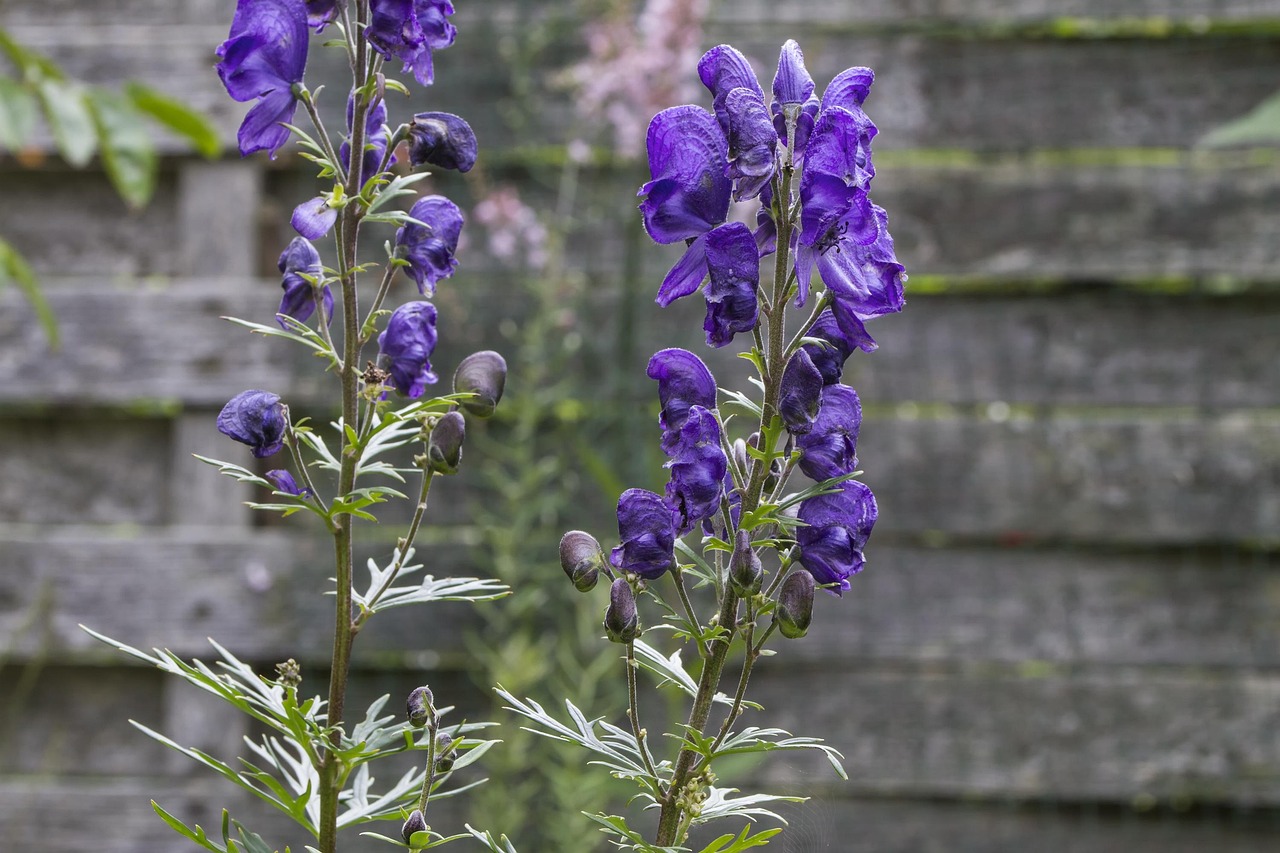
Its deadly poison, aconitine, can enter the body from the skin as well as the mouth, so take caution when cutting it back. Never grow monkshood if you have children or pets. This stunning perennial produces tall spikes of hooded purple flowers that add drama to any garden border.
Beautiful hooded purple flowers make this a popular garden perennial, but beware the toxic underside of monkshood. The grape purple flowers are too attractive. What makes monkshood particularly terrifying is that the poison can be absorbed through the skin – you don’t even need to eat it to be in danger. Gardeners have been poisoned just by handling the plant without gloves.
Conclusion: Your Garden’s Hidden Dangers

The shocking truth is that your seemingly peaceful garden might be harboring more dangers than a battlefield. From the death cap mushrooms quietly growing under your oak trees to the innocent-looking yew hedge by your front door, toxic plants are everywhere. These aren’t rare, exotic specimens – they’re common landscape plants that millions of people live with every day without realizing the risks.
The most unsettling part isn’t just that these plants exist in our gardens, but how little we know about them. Some part of the ornamental plants or flowers in your yard may contain deadly poison. Many poisonous plants are so common and seemingly innocuous you do not suspect their toxic qualities. We plant them, water them, prune them, and admire them, never suspecting they could harm the very families we’re trying to create beautiful spaces for.
But knowledge is power, and awareness is your best defense. Now that you know what’s lurking in gardens everywhere, you can make informed decisions about your landscape and keep your loved ones safe. After all, shouldn’t the place we call home be truly safe for everyone who lives there?
Did you recognize any of these deadly beauties growing in your own yard?
- 11 Bizarre Things Hummingbirds Secretly Love (But Most Gardeners Ignore) - August 20, 2025
- 25 Habits That Secretly Shorten Your Life - August 20, 2025
- 21 Dog Breeds Insurance Companies Don’t Want to Cover - August 20, 2025

